

Max Davies
2025 BYD Shark 6 review
23 Days Ago
It's just about to be replaced. While that means there's a better D-Max coming, now could be the time to snap up a bargain.
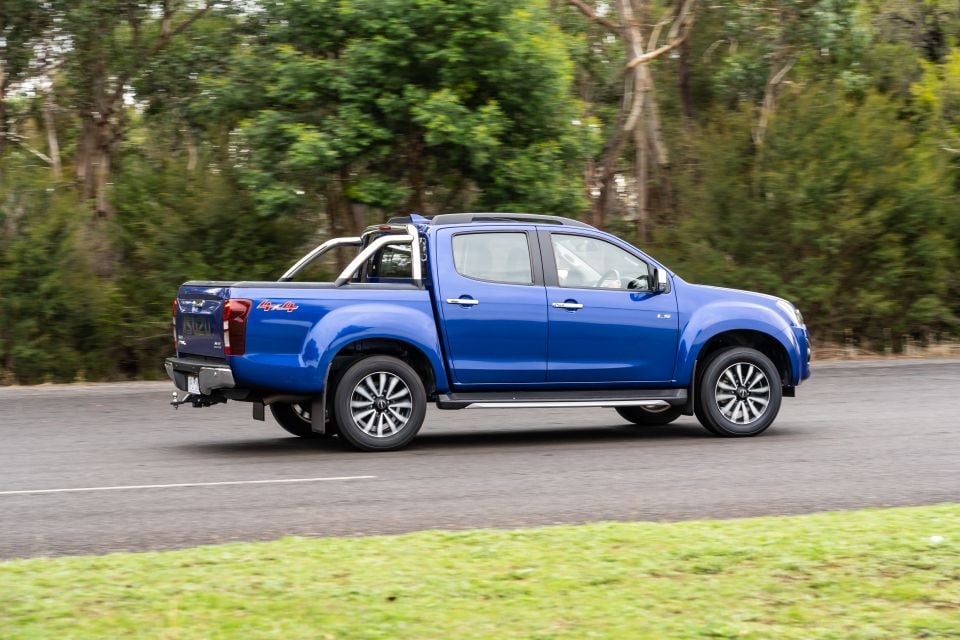
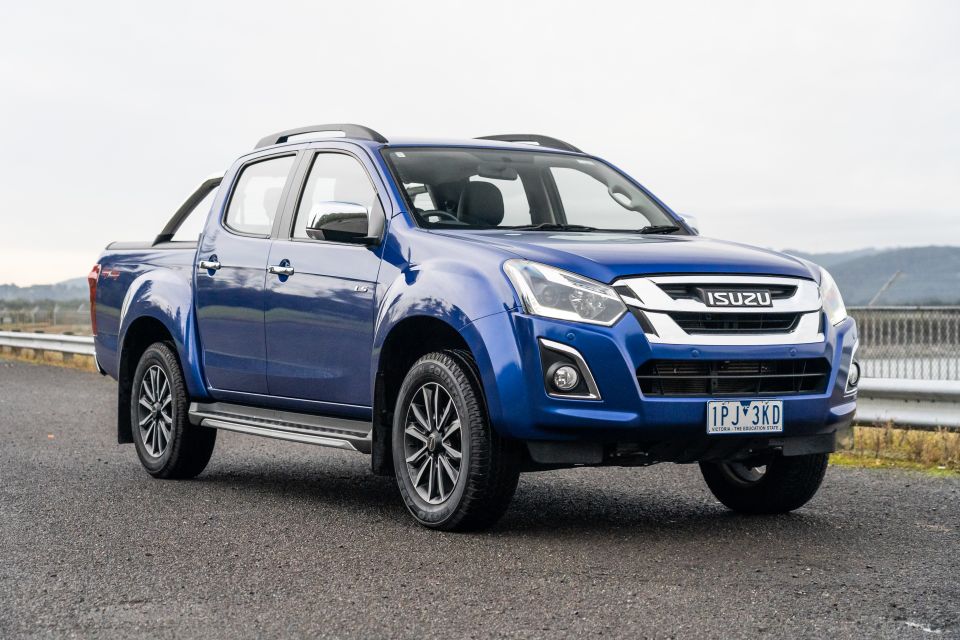

Founder
New from
$28,600
excl. on-roads

Founder
New from
$28,600
excl. on-roads


Founder
New from
$28,600
excl. on-roads

Founder
New from
$28,600
excl. on-roads
Quickly see how this car stacks up against its competition. Select any benchmark to see more details.
Where expert car reviews meet expert car buying – CarExpert gives you trusted advice, personalised service and real savings on your next new car.
The all-new Isuzu D-Max is just around the corner (along with a new Mazda BT-50), but we wanted to jump behind the wheel of the current D-Max one more time ahead of the new car’s arrival.
Isuzu is getting ready to clear stock of the current model in preparation, which should mean sharper deals than usual
Given how popular the Isuzu D-Max is in Australia, is it still worth considering before the new one lobs?
This review you’ll read here focuses on the D-Max during day-to-day driving. We will have an off-road review when the new D-Max arrives in Australia.
The Isuzu D-Max kicks off from $28,600 before on-road costs for the 4×2 SX manual and tops out at $54,800 before on-roads for the 4×4 D-Max LS-T automatic being tested here.
There are seven colours to choose from in the top-specification LS-T, with all but white costing an additional $500.
It’s also worth noting that the LS-T is only available with an automatic transmission. If you’re interested in other D-Max variants.

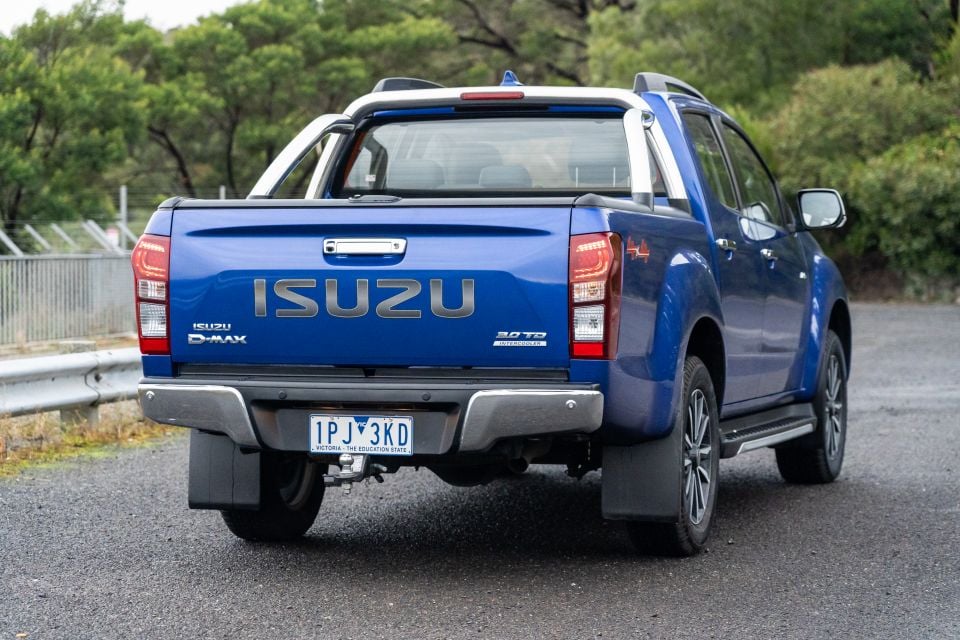
Buy your new car without the stress. It's fast, simple and completely free.

Great service from Travis and team, second time I have used this business would not hesitate to recommend them to anyone
Craig C.
Purchased a Ford Ranger in Sunshine Coast, QLD
CarExpert helped Craig save $7,224 on his Ford Ranger, now let us save you on your next new car.
Get your BEST priceBeing the top-specification model, Isuzu has thrown every feature it can at the LS-T.
On the outside you’ll find 18-inch alloy wheels, roof rails, aluminium side steps, chrome wing mirrors and door handles, fog lights, front and rear parking sensors and LED daytime running lights.
Inside the cabin there are leather seats, a six-way adjustable driver’s seat, single-zone automatic climate control, an 8.0-inch infotainment screen with inbuilt satellite navigation, an eight-speaker sound system, cruise control, keyless entry and start, and a reversing camera.
Beneath the rear you’ll find a full-sized alloy spare wheel.
Unlike other utes in this segment, the Isuzu D-Max LS-T offers a payload of 1024kg. Additionally, there’s 3500kg worth of towing capacity with a braked trailer, with a 350kg down ball weight.
Other worthy specifications include GVM of 3050kg, a 30 degree approach angle, 22.7 degree departure angle, 235mm of ground clearance, and a 22.3 degree breakover angle.
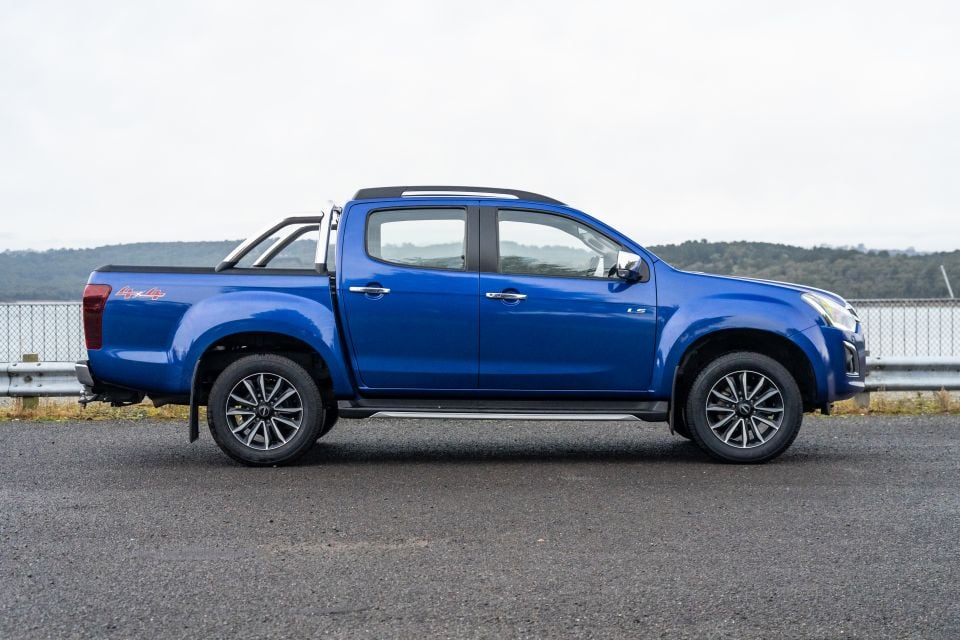
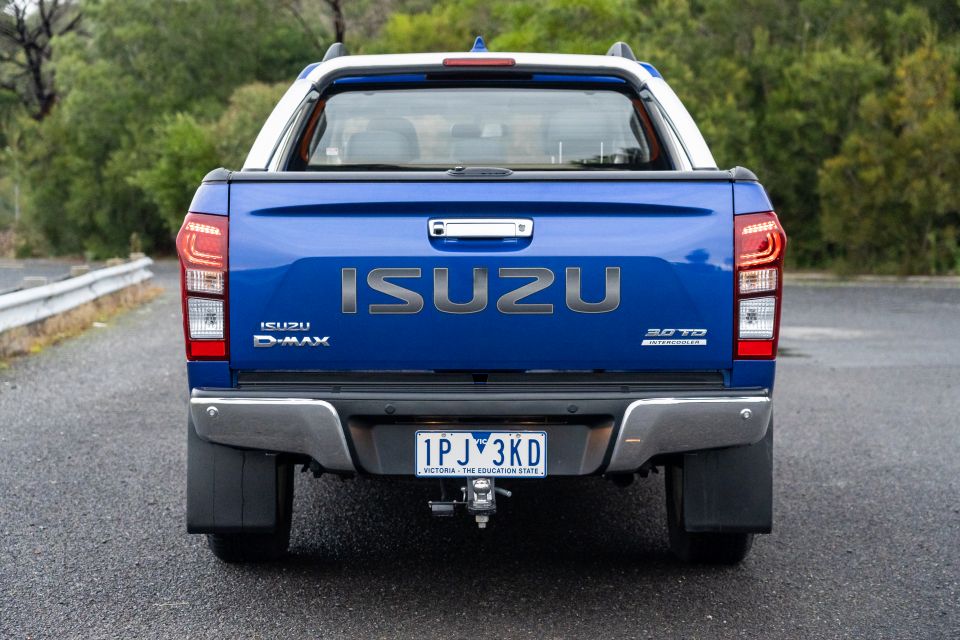
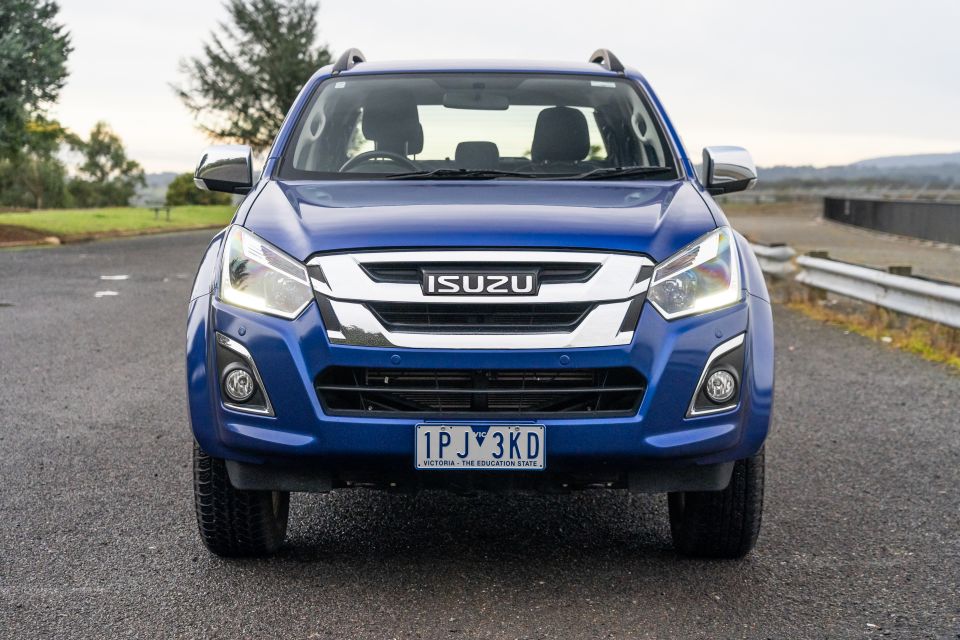
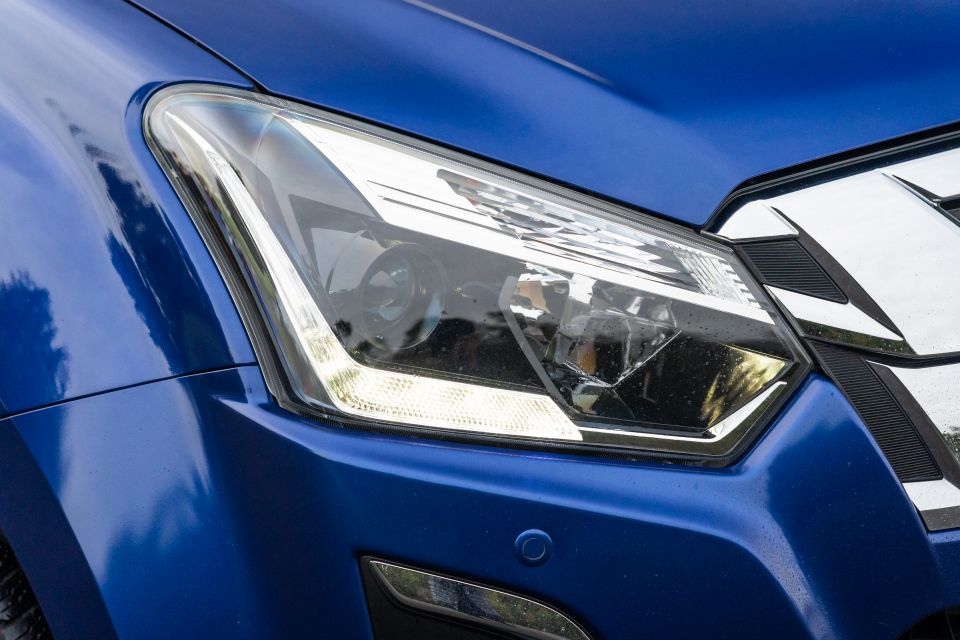
While it was originally tested in 2013, the Isuzu D-Max received an updated ANCAP test score in 2016, where it scored achieved five stars. You can read more on the ANCAP technical report.
With that said, it lacks a number of common safety features found on competitors such as blind-spot monitoring, lane-departure assistant, forward collision warning, and autonomous emergency braking.
During testing by ANCAP, the D-Max scored a total score of 33.58 out of 38.
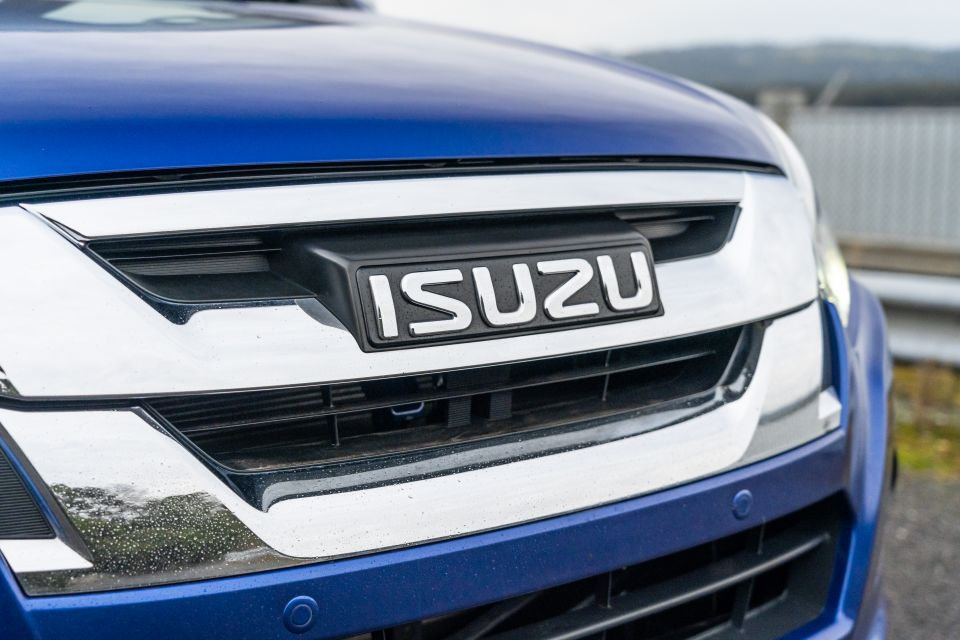

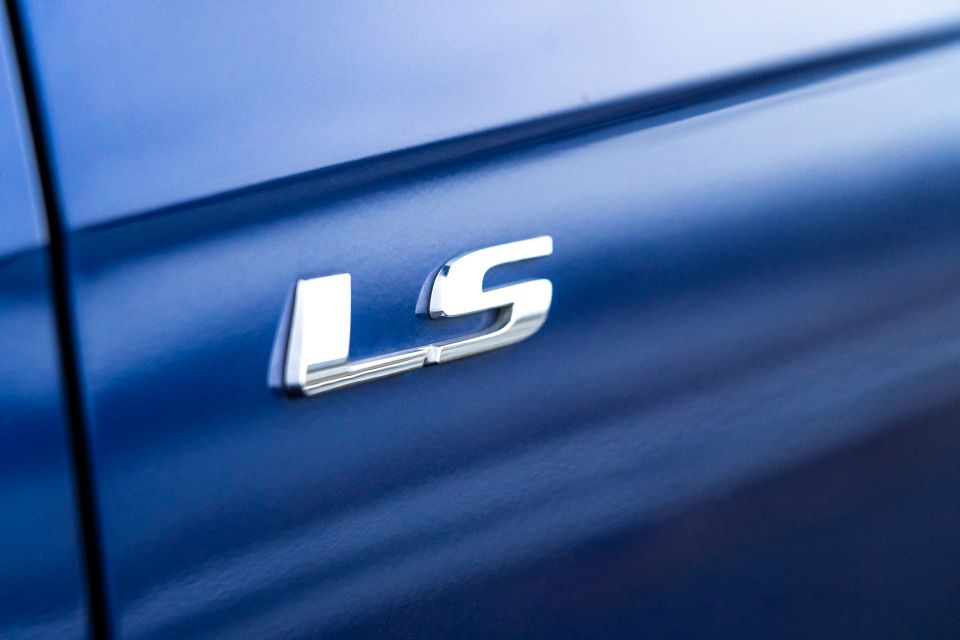

You can tell the D-Max is reaching the end of its life. This second-generation model was originally launched in 2011 and received a facelift in 2015.
Inside the cabin there are hard plastics as far as the eye can see, while the centre stack is reminiscent of a ’90s Walkman, with a large central dial and LCD screen for climate controls.
You won’t find automatic headlights, automatic wipers, or any smartphone mirroring technology. But if you put these deficiencies to one side, the cabin is rugged and the controls are functional and easy to use.
It doesn’t feel like any fit and finish issues will pop up, given how much effort was put into making the cabin last the test of time.
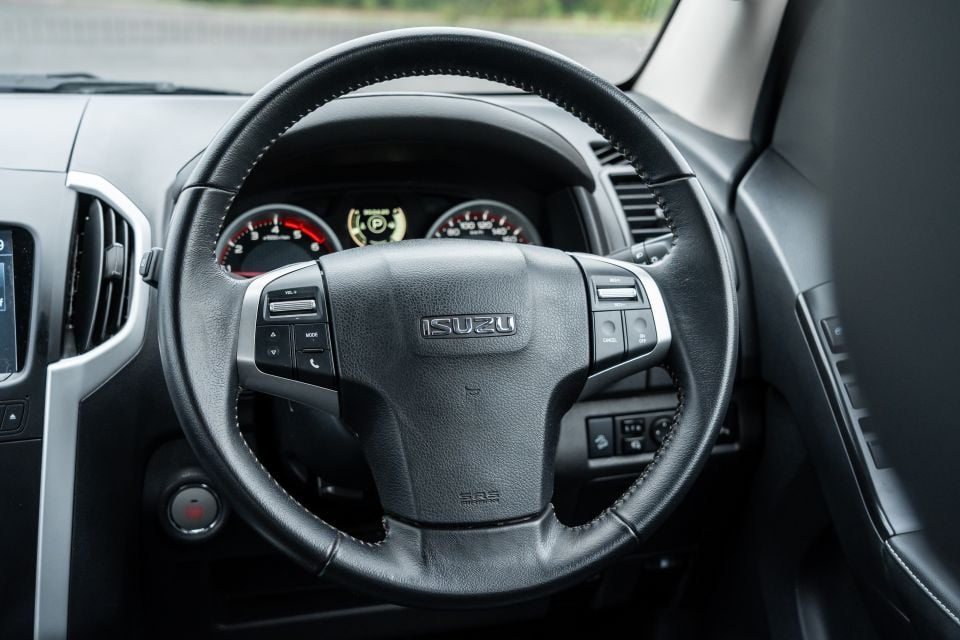
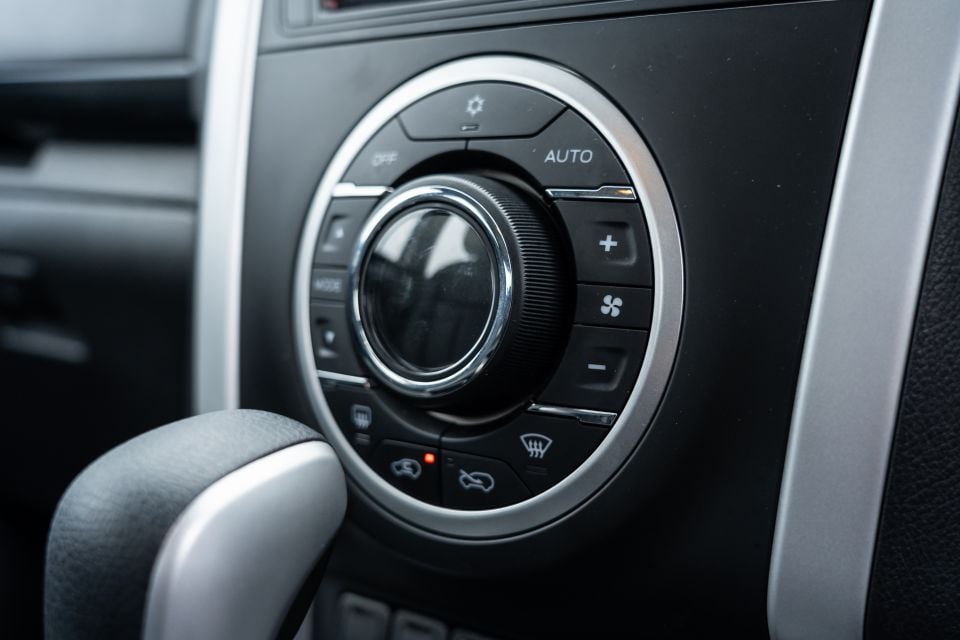
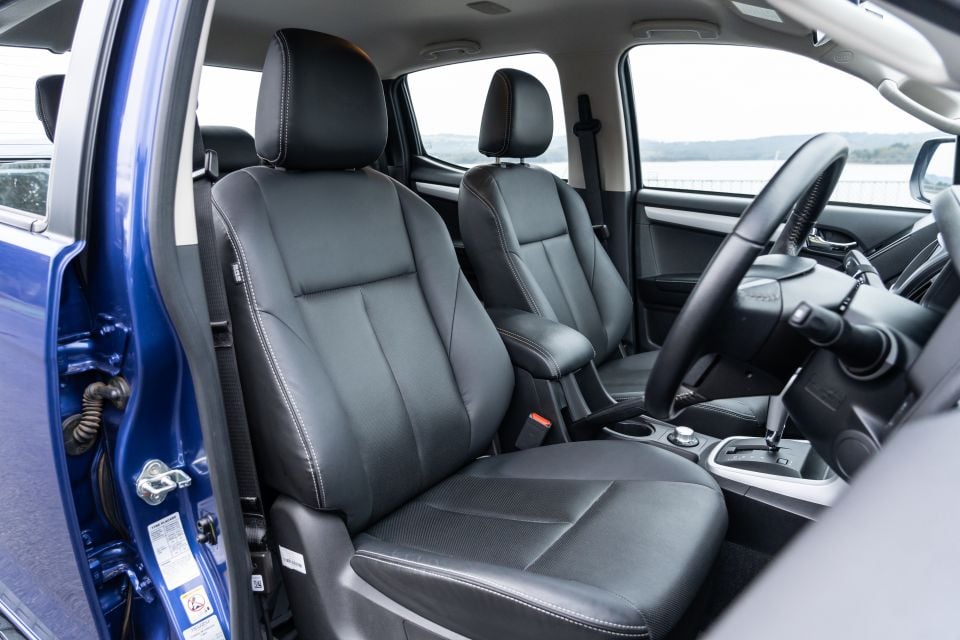
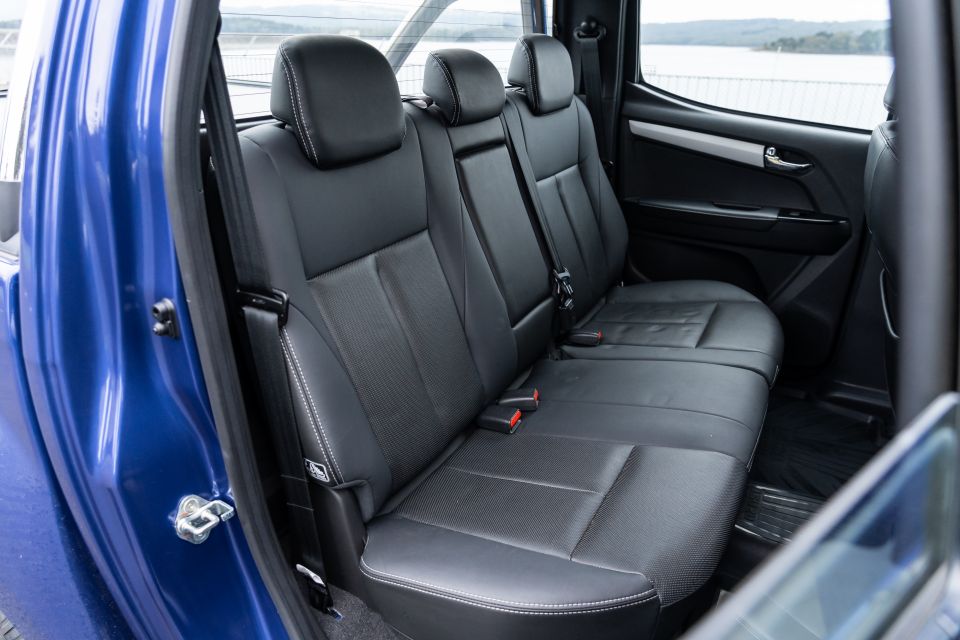
The 8.0-inch infotainment system looks good on the surface, but when you start using it you begin to see how basic it is. There are a handful of menus and the satellite navigation appears to be a third-party system integrated into the display.
There’s no DAB+ digital radio, so you’re stuck with AM, FM, HDMI and Bluetooth audio streaming.
In lieu of digital radio you get ‘Sky Sound’, which is a set of roof-mounted speakers designed to offer immersive sound throughout the cabin. It’s a bit hard to tell if they do anything given your audio options are fairly limited.
Hop into the second row and you’ll find a space with ample leg- and headroom, with the ability to store small items beneath the seat. Both the second row seat back and bottom fold out of the way if required. In the second row there’s a central armrest and a USB port for charging devices.
There’s plenty of storage throughout the cabin, with a decent-sized centre console and enough room in the glovebox to fit odds and ends. A storage area in the dashboard has a soft-touch material on it, but we found the dash-top cubby hole hard to open – you need to push the button down while pulling the lid up at the same time.


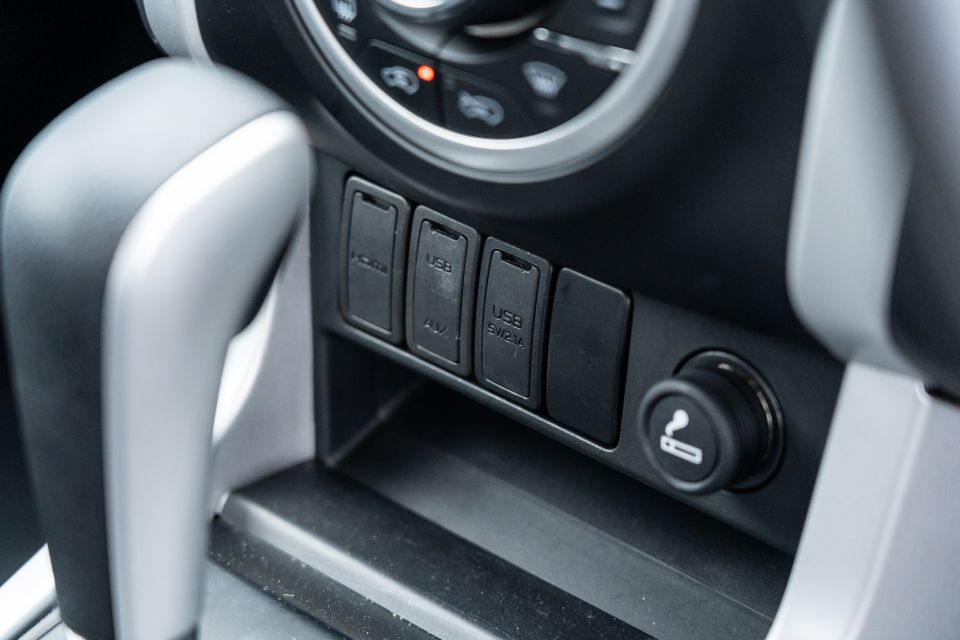
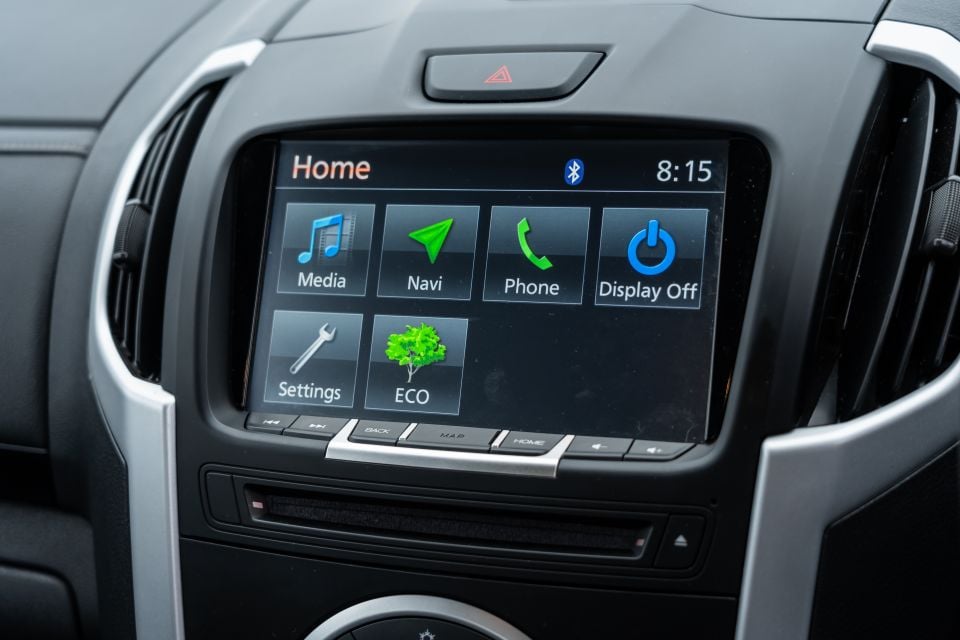
Ahead of the driver an analogue speedometer and tachometer, plus a digital trip computer. The steering wheel has no reach adjustment, but there’s enough scope to get a comfortable steering position.
It’s a basic interior, but the seats are comfortable and it feels like it’ll stand the test of a trip around Australia.
Isuzu is known for making trucks, which is part of the reason the D-Max engine is so reliable. Unlike some manufacturers that need to create an engine that works for a ute and a small sedan, Isuzu focuses on making drivetrains for its ute and truck products only.
It’s a 3.0-litre turbocharged four-cylinder diesel engine producing 130kW of power and 430Nm of torque. It’s mated to a six-speed automatic transmission and consumes 7.9 litres of fuel per 100km.
During testing, our fuel economy was around 9.0L/100km with a mix of city and highway driving.
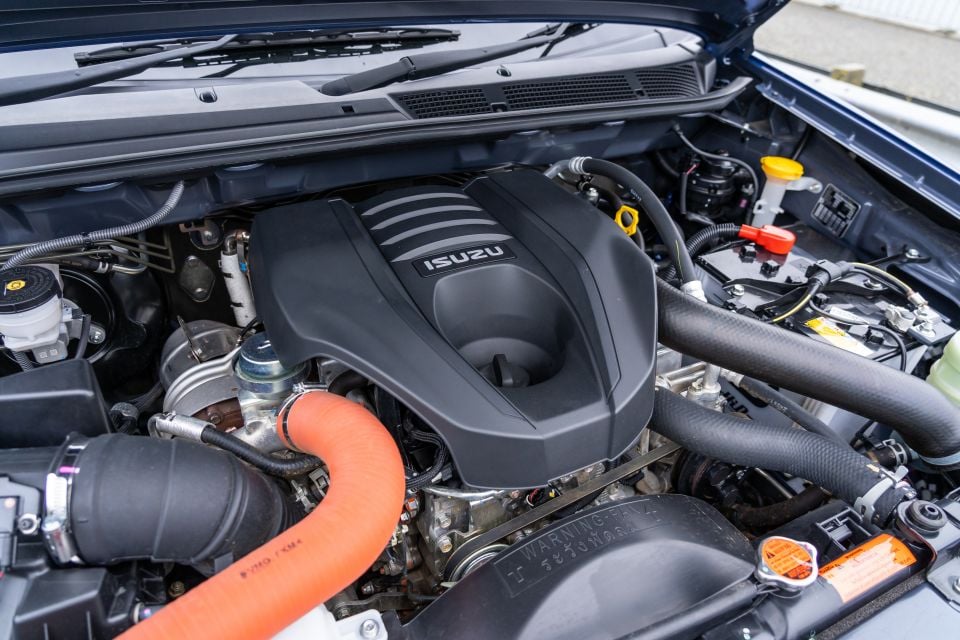
The engine is mated to a four-wheel drive system that operates regularly in two-wheel drive, with the ability to send equal torque to all four wheels in four-wheel drive high range, and additionally has a low-range transfer case. There’s no rear differential lock fitted.
Isuzu has cleverly mounted the diesel particulate filter (DPF) near the turbocharger to allow particulate burn off to occur faster and easier, which is an issue that has plagued the Toyota HiLux.
The first thing you’ll notice when you turn the D-Max over is how noisy the engine is. We know most diesel utes make a racket, but it’s particularly loud in the D-Max.
Inside the cabin it’s quite subdued, but the noise picks up at anything but part throttle. It’s not the end of the world, but it’s noticeable.
The diesel engine makes the bulk of its torque between 2000-2200rpm, so there’s not a great deal of throttle input required to feel like you’re getting somewhere. The gearbox also does a stand-up job of handling throttle inputs and features a grade logic that allows it to shift back through gears on downhill stretches.
Grade logic in automatic gearboxes helps prevent cooking your brakes as you progress down long and steep descents, especially with a trailer or load in the tray.
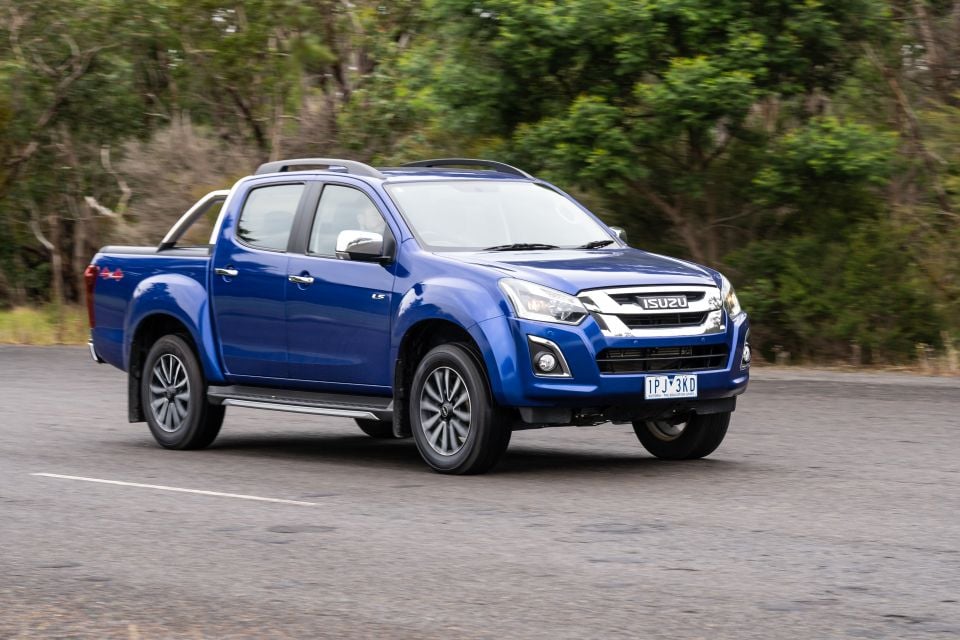
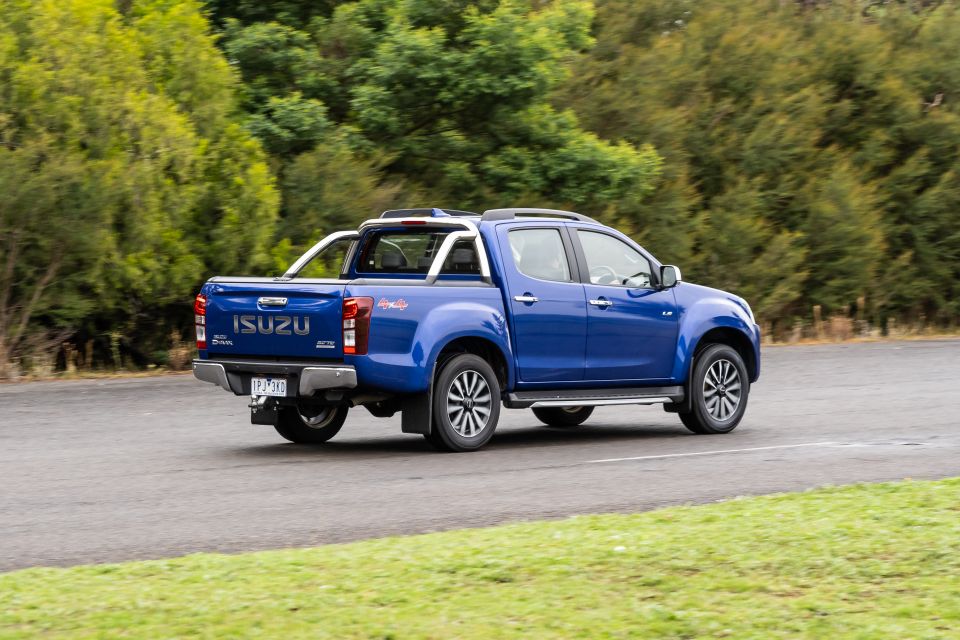
Isuzu changed the layout of the leaf springs under the D-Max’s rear. The configuration went from a five- to three-leaf design at the rear to offer better ride compliance in a mid-life update.
While a reduction in leaf springs usually means a lower carrying capacity, Isuzu says it engineered stronger leaf springs that would carry the advertised payload and offer a comfier ride.
It has worked a charm, with the D-Max offering one of the smoothest rides in the segment – especially when unladen, which is often a bugbear of dual-cab utes with a leaf spring setup at the rear.
Over corrugations it remains settled and doesn’t move around a great deal. In the city, visibility out of the cabin is good and the reverse-view camera is clear enough.
There’s ample punch from the 3.0-litre diesel engine. Peak 430Nm of torque puts it around middle of the pack in terms of the torque it generates. You can feel it lacks the 500Nm push in the back you’ll find from a 2.0-litre Ranger, or the Holden Colorado.
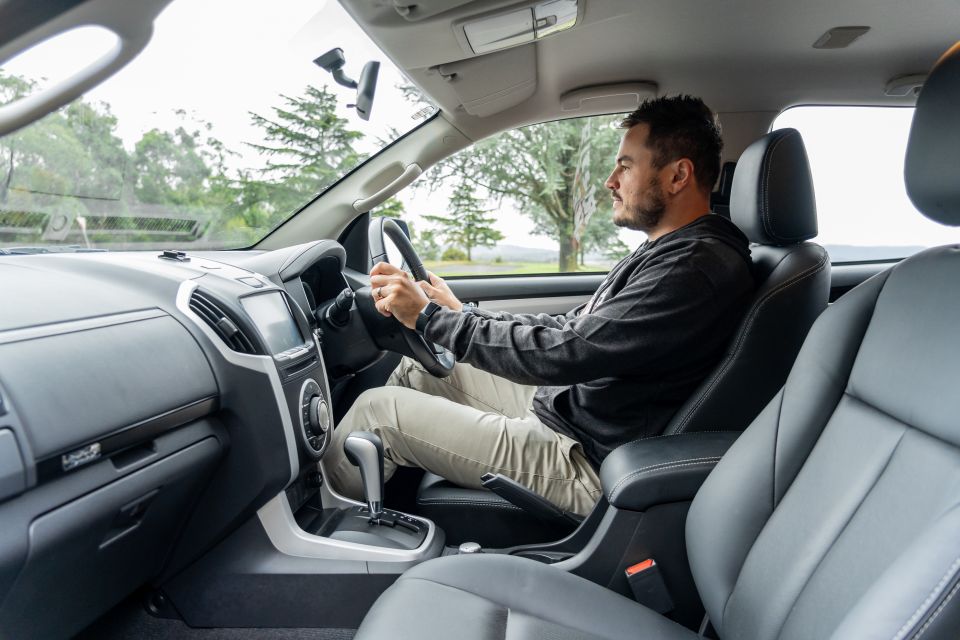

In addition to the grade logic system, the driver can move through gears manually by sliding the gear shifter across to move up and down the gears.
Isuzu now offers the D-Max with a six-year, 150,000km warranty, which is better than the rest of its competitors in this segment – although brands such as Mitsubishi will often offer longer warranties as deals.
Servicing comes in the form of a seven-year, capped-price servicing program, with 12-month, 15,000km service intervals.
Over a six-year period, servicing comes in at $3843 – which averages out to $640.50 per service.
Buy your new car without the stress. It's fast, simple and completely free.

Great service from Travis and team, second time I have used this business would not hesitate to recommend them to anyone
Craig C.
Purchased a Ford Ranger in Sunshine Coast, QLD
CarExpert helped Craig save $7,224 on his Ford Ranger, now let us save you on your next new car.
Get your BEST priceIt may not be the shiniest or newest ute in the segment, but the D-Max delivers with fuel efficiency, a strong diesel engine, and an ability to carry a tonne in the tray.
Don’t be dissuaded by the recommended retail price either. Isuzu constantly does deals on the D-Max and MU-X, so you will rarely pay the sticker price.

For example, at the moment you’ll find the D-Max LS-T can be had for $51,990 drive-away, inclusive of six years of roadside assistance. That’s about $6000 less than what you would pay at the current price before on-roads.
Should you wait for the new D-Max? For us that depends entirely on the deal you strike.
The new D-Max offers substantially more equipment (especially safety gear), so if tech and safety is important you should hold out. But if you want tried and tested, the D-Max is a great option.
Where expert car reviews meet expert car buying – CarExpert gives you trusted advice, personalised service and real savings on your next new car.
Paul Maric is a CarExpert co-founder and YouTube host, combining engineering expertise with two decades in automotive journalism.


Max Davies
23 Days Ago


Josh Nevett
15 Days Ago
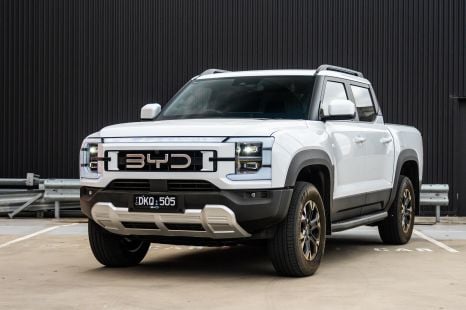

William Stopford
14 Days Ago


Max Davies
9 Days Ago


James Wong
8 Days Ago
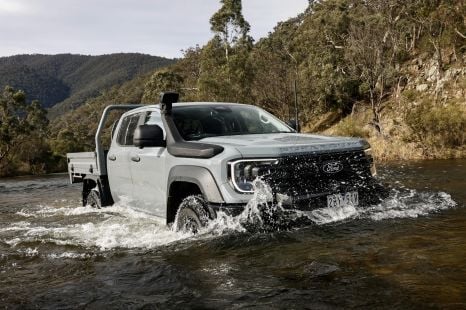

Max Davies
8 Days Ago